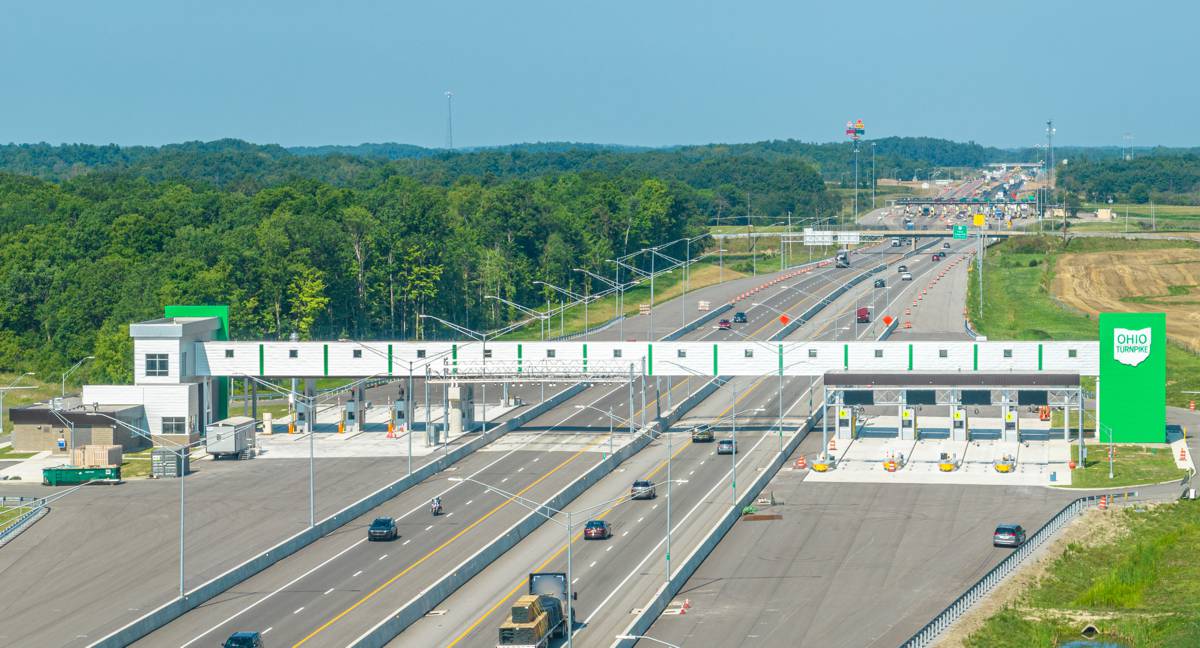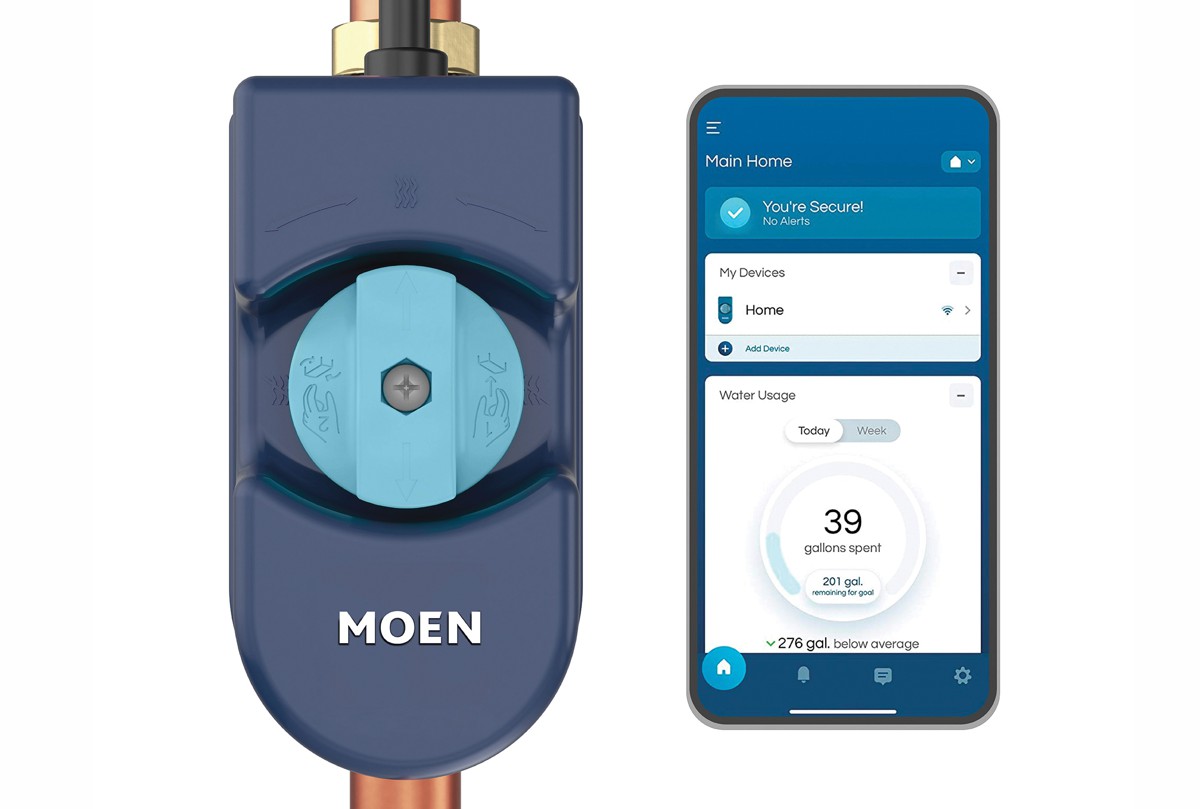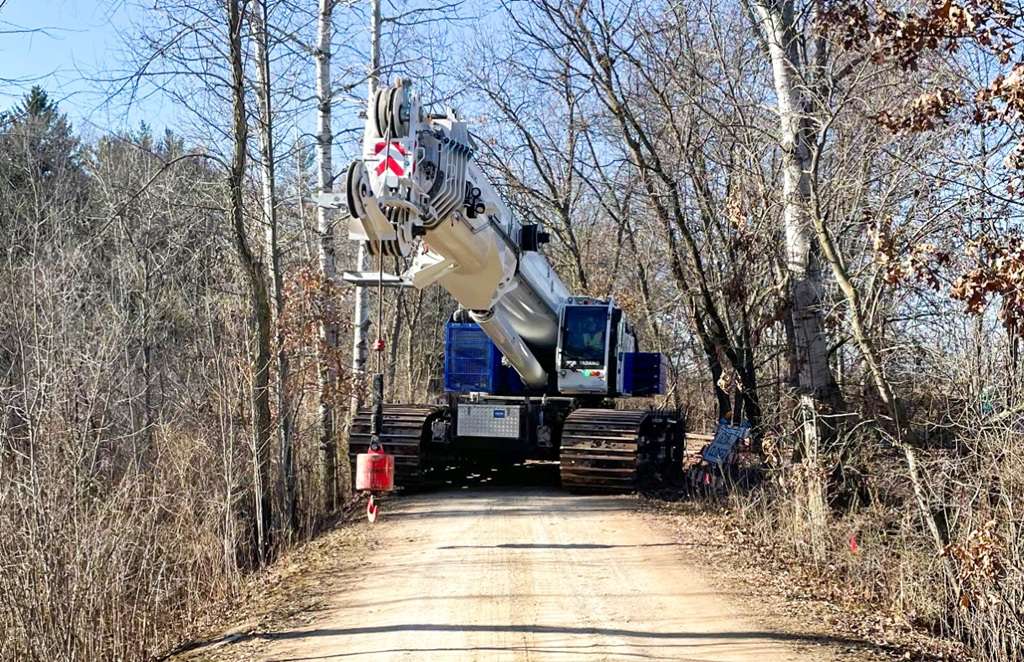Behind the US Cooling Program for Construction Workers
Millions of workers who work outdoors are exposed to risks of heat stress, exhaustion, and other heat-related illnesses in their workplaces.
According to the Occupational Safety and Health Administration, heat stress injuries caused serious injuries to over 70,000 U.S. workers and killed about 815 workers between 1992 and 2017.
Unfortunately, workers in the agriculture and construction sector are often the most vulnerable to heat stress, heat stroke, and other problems, due to their outdoor work environments.
As part of a commitment to workplace safety, the Biden administration has designed new workplace rules to protect construction workers and others from extreme heat conditions. The U.S. Department of Labor, Department of Health and Human Services, and other federal agencies are planning to launch various programs aimed at reducing heat-related challenges and protecting outdoor workers. Moreover, plans are in place to expand the cooling programs and protect communities from extreme heat conditions.
Initiative to Protect Outdoor Workers
Furthermore, the Department of Labor is set to announce an action plan aimed at reducing heat exhaustion and other heat-related illnesses, protecting public health, and supporting the economy. Some important provisions of the plan include:
- Launch a multi-step initiative on occupational heat exposure to protect outdoor workers, including agricultural, construction, and delivery workers.
- Launch a multi-step initiative on occupational heat exposure to protect indoor workers, including those in factories, warehouses, and kitchens.
- Provide cooling assistance to households.
- Provide infrastructures whereby schools and public buildings within the community can serve as cooling centers.
- Launch a heat resilience innovation challenge.
- Provide tree covers to reduce heat and sun exposure in urban areas.
- Improve local competency by way of data-sharing.
Furthermore, these actions will further supplement President Biden’s Build Back Better Agenda that is aimed at resilient communities and reducing the impact of climate change, extreme heat, and other weather-related challenges in the United States.
How OSHA Aims to Protect Heat-Exposed Workers
However, many heat-related injuries and diseases are not classified or misreported, most often in sectors that employ vulnerable and undocumented workers. To better protect both outdoor and indoor workers who are exposed to heat, the Department of Labor’s Occupational Safety and Health Administration (OSHA) plans to do the following:
- Launch a rulemaking process to develop a workplace heat standard.
- Implement an enforcement initiative on heat-related hazards.
- Develop a National Emphasis Program (NEP) on heat inspections and hazards targeted at high-risk industries.
- Form a Heat Illness Prevention Work Group to enlighten stakeholders and workers about the challenges of heat exposure and the best practices to protect workers from heat-related hazards.
Occupational Safety and Health Administration (OSHA) understands that heat has become a growing workplace hazard. Moreover, the climate change crisis has made extreme heat even more frequent and severe for construction workers. By implementing the above action plan, the organization can better protect both indoor and outdoor workers from the hazards of heat exposure.
Efforts to Expand Cooling Programs
What’s more, the Biden Administration also aims to protect communities and workers from extreme heat by expanding the cooling program. Some of the efforts include:
- Develop neighborhood cooling centers within existing public school facilities.
- Provide financial assistance to help low-income households purchase air-conditioning systems.
- Increase cooling assistance payments for electric bills.
- Establish additional cooling centers within these communities.
The Department of Homeland Security is organizing different prize competitions aimed at challenging and motivating participants to come up with different ideas and innovative ways to protect people within the community, including workers and residents, during extreme heat and other heat-related disasters.















